Top 10 Spring Plumbing Tips
As the cold grip of winter loosens and spring blooms across Australia, particularly in the New South Wales and ACT region, it’s time to shift our attention from winterization to spring plumbing maintenance. While you may have already tackled end-of-winter plumbing issues, the arrival of warmer weather can bring about new plumbing challenges. Here are some valuable and straightforward plumbing tips to ensure your home’s plumbing system is in excellent shape for the season ahead.
Spring Plumbing Tips for Aussie Homes
Practical Advice from the Plumbing & Electrical Doctor Team
As the chill of winter fades and spring rolls in across New South Wales and the ACT, it’s a great time to give your home’s plumbing system a once-over. While you might’ve already tackled a few winter plumbing issues, the warmer weather brings its own set of challenges—and opportunities to get ahead of any sneaky problems.
Top 10 Plumbing Tips for a Hassle-free Spring

1. Spot Sneaky Toilet Leaks
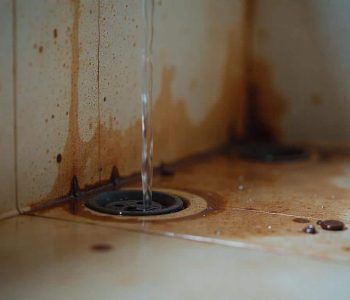
2. Freshen Up Unused Drains
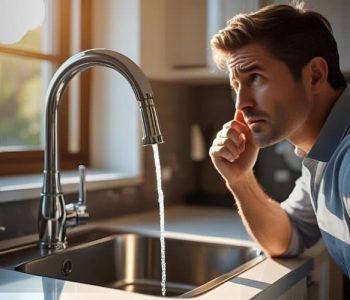
3. Check for Blocked Taps & Drains
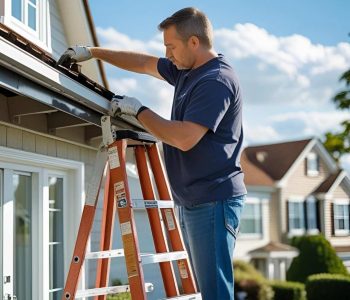
4. Cover Stormwater Drain Grates
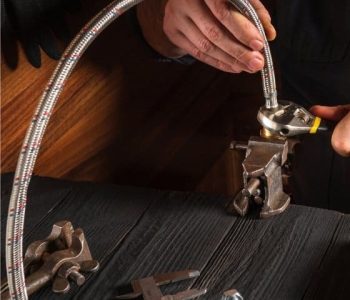
5. Make Sure the bathroom Working Properly
Take a peek under the kitchen sink and bathroom vanities. Look for drips, corrosion, or bulging flexible hoses. If your flexi-hoses are more than 5 years old, it might be time to get them replaced—burst hoses cause more damage than you’d think.
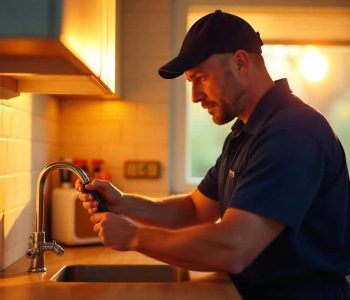
7. Fix Dripping Taps
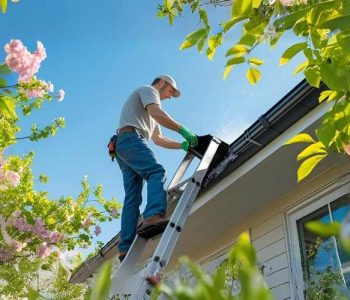
8. Check Around the House
Do a lap around your home. Make sure gutters, downpipes, and yard drains are clear and ready for the season. Blockages here can lead to flooding, especially when the spring showers start rolling in.
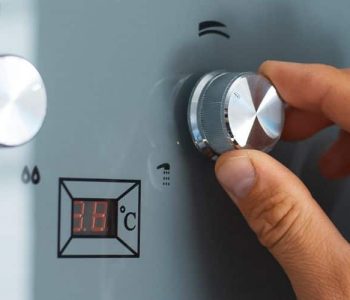
9. Adjust Your Hot Water Heater
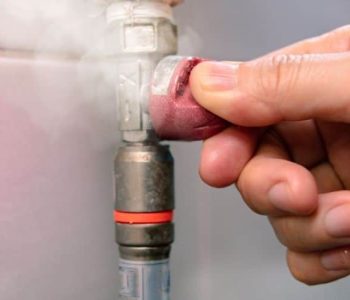
10. Test the Pressure Relief Valve
Your hot water system has a pressure relief valve for a reason. Give the lever a gentle lift—water should trickle out of the overflow pipe. If nothing comes out (or it won’t stop), it’s time for a checkup to avoid pressure build-up or damage.
Leave the Big Jobs to the Pros
While these tips can help you stay ahead of common plumbing issues, some problems—like blocked vents, damaged pipes, or major leaks—are best left to the experts. Don’t let small issues turn into costly disasters.
At The Plumbing & Electrical Doctor, we’re ready to lend a hand with your spring plumbing maintenance. Whether it’s a quick fix or a full system check-up, our local tradies across NSW and the ACT have got you covered.
Give us a ring today and get your plumbing sorted for spring.
THE DOCTOR GETS IT DONE
